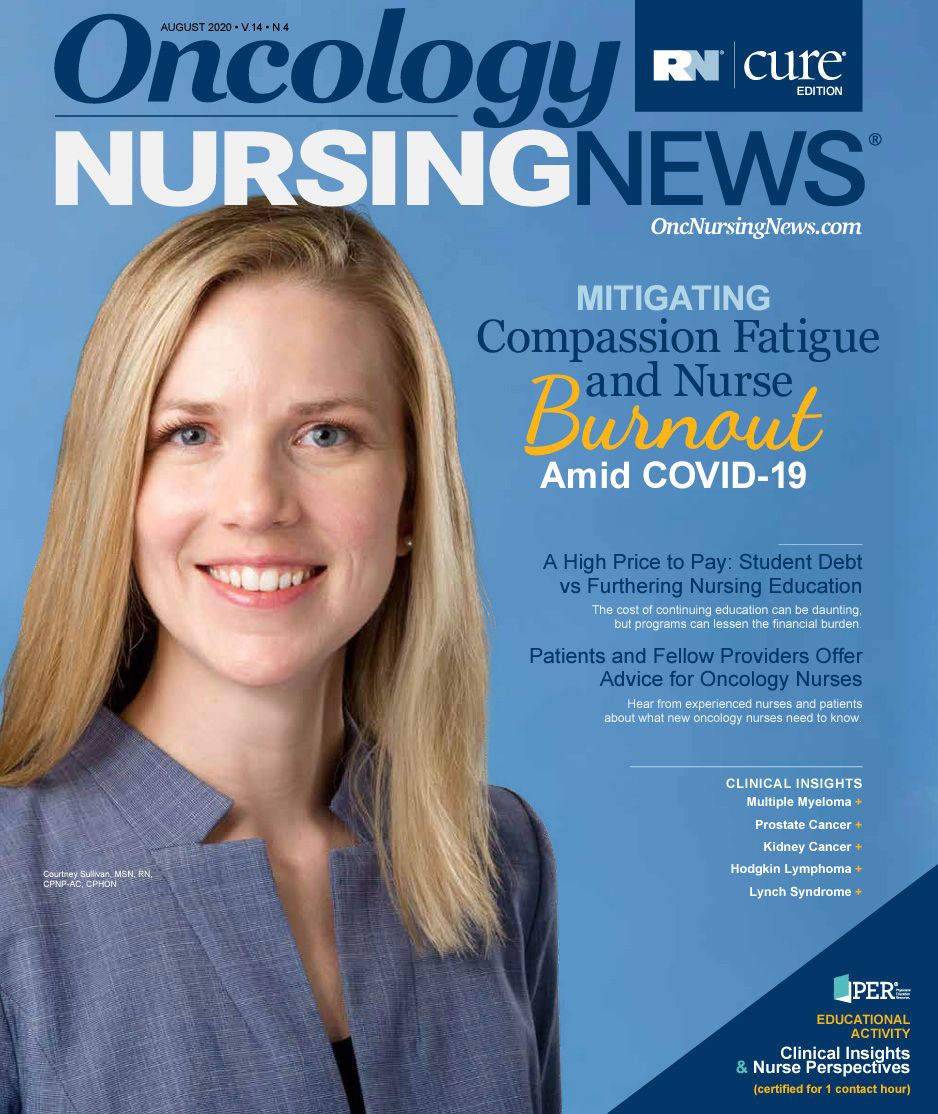A High Price to Pay: Student Debt vs Furthering Nursing Education
Many nurses are apprehensive about continuing their schooling because of the cost. But programs do exist to reduce the financial burden.
Although nursing can be a fulfilling career, many new nurses graduate nursing school with tens of thousands of dollars of debt. According to a study by the American Association of Colleges of Nursing, the majority of nurses with a master’s degree or a doctor of nursing practice degree have student loans (71% and 67%, respectively), and nearly half (48%) of nurses with their PhD have loans as well.1
Monica Mikhael MSN, RN, a nurse at UCLA who graduated with her master’s degree in nursing in 2018, is one of those nurses. “I have accrued—if I just have to estimate—almost $200,000 in student loans,” she told Oncology Nursing News®. For Mikhael, the debt is worth it, since it leads to a meaningful career in the field she loves—so much so that she plans on going back to school to become a nurse practitioner, which she expects will put her debt into the $300,000 range. She realizes, however, that others are more apprehensive to continue their education.
“I do think [high costs] prevent a lot of people from furthering their education if they want to,” Mikhael said. “In talking to some of my colleagues, they said their biggest concern is how much the program is going to cost.”
STUDENT LOAN ASSISTANCE PROGRAMS
Programs exist to reduce the financial burden of education for nurses and other health care professionals. They include the following:
• Public Service Loan Forgiveness Program: This is for health care providers who work for a federal, state, local, or tribal government or a nonprofit organization. Qualifying individuals have the remaining balance of their loans forgiven after they make 120 monthly payments.2
• Nurse Corps Loan Repayment Program: Qualifying nurses who work 32 hours or more in underserved communities or designated critical shortage facilities can receive up to 60% of their loans paid off over 2 years.3
• Federal Perkins Loan cancelation or discharge: Nurses with Federal Perkins Loans may have 100% of their loans canceled if they work 5 or more years for a qualifying organization. Under certain conditions, a Perkins Loan also may be discharged.
Other programs also exist within hospitals or health care institutions, and Mikhael said that it is worth it for nurses to inquire with their employers.
“I know some hospitals do pay for like at least half,” she said. “So I would really encourage new nurses or [more experienced] nurses who want to go back to school to see what their hospital offers.”
BILL PROPOSED TO CUT DEBT
Carolyn Maloney, a US representative for New York, recently introduced the Student Loan Forgiveness for Frontline Health Workers Act into the House of Representatives. If passed, the bill would forgive federal and private loans of eligible frontline health care professionals who are providing coronavirus disease 2019 (COVID- 19)—related care. This could apply to oncology nurses who have been reassigned or are treating patients with both cancer and COVID-19.
“Heath care professionals—especially through this pandemic—definitely deserve something,” Mikhael said.
As the demand for nurses continues to grow, Mikheal noted that nurses should not shy away from continuing their education solely because of cost.
“I hope that more people look to advance their degree and won’t be afraid of student loans—even though that [does play into the decision],” she said. “But know that there are so many options to help you pay, if furthering your degree is something you truly want to do.”




